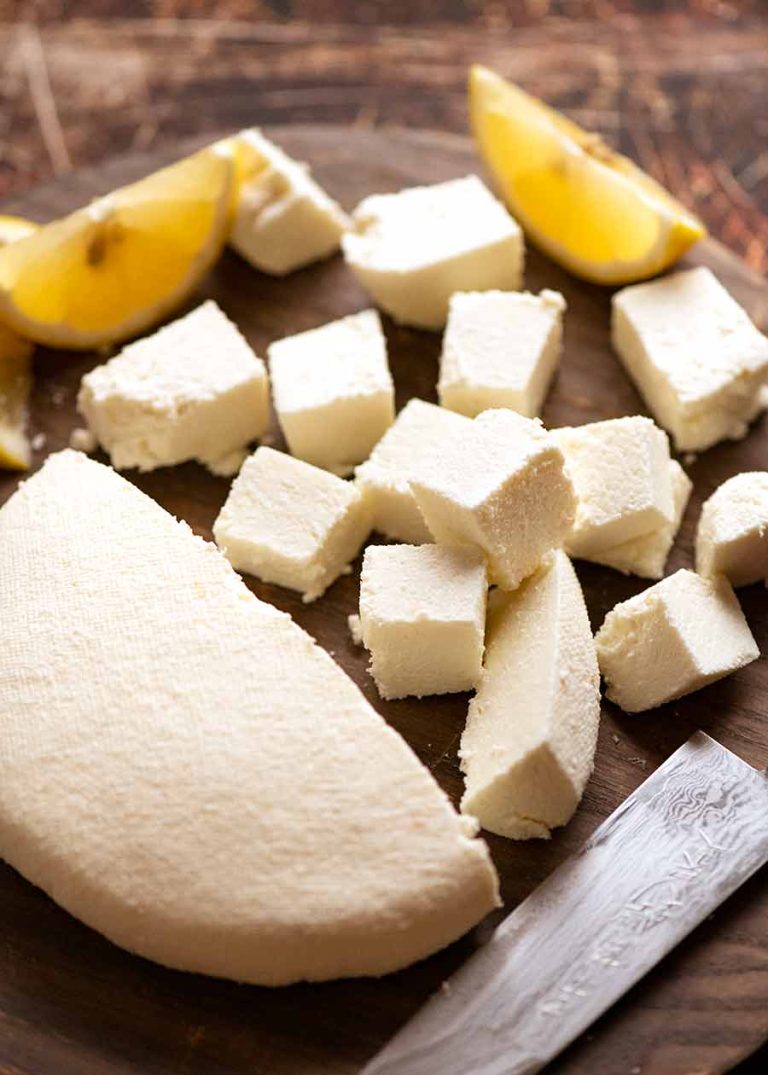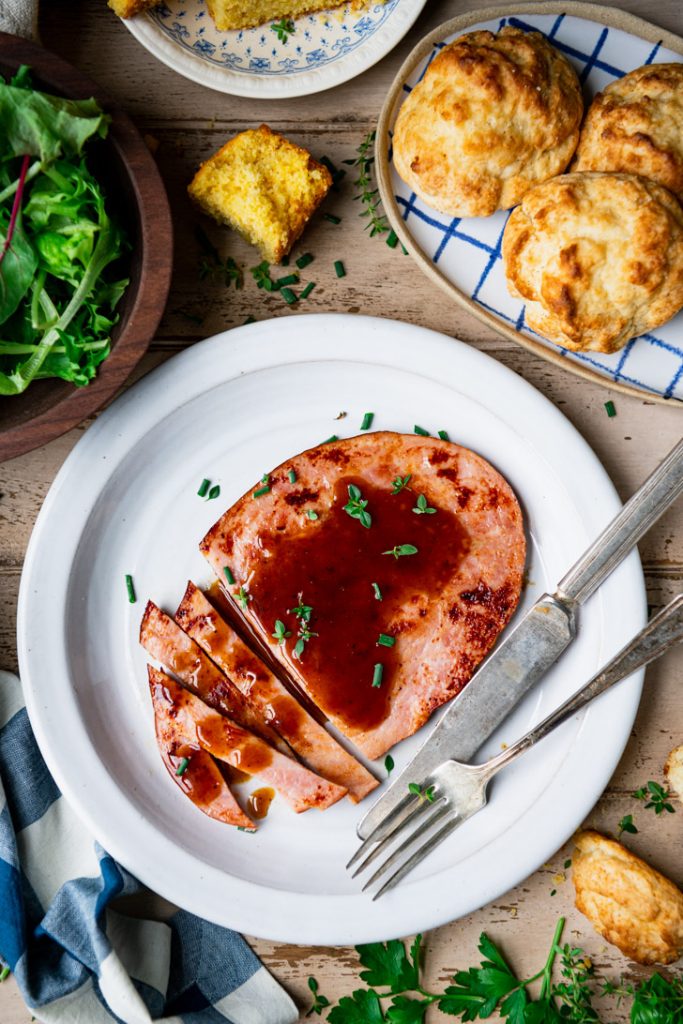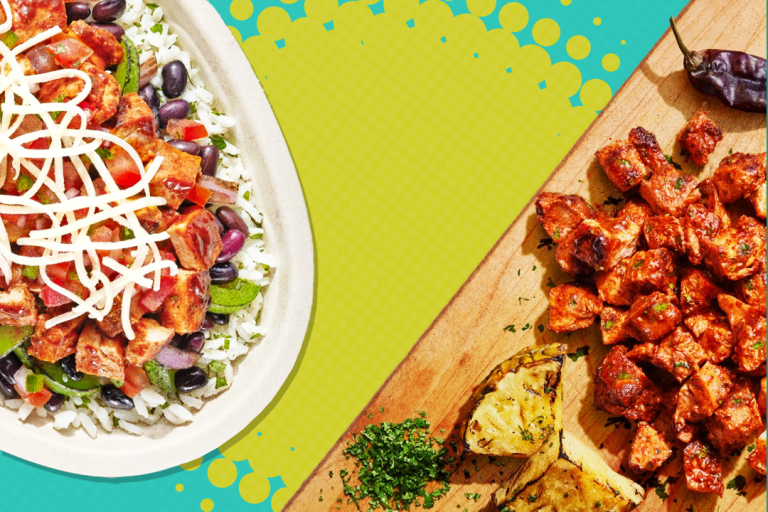Roman Style Tripe Recipes
Roman-style tripe, also called “Trippa alla Romana,” has roots deep in Italian culinary tradition. Used since ancient Rome, tripe stems from an era where resourcefulness in cuisine turned off-cuts into gourmet delights. Roman peasants, aiming to minimize waste, frequently utilized tripe and other inexpensive ingredients to create hearty, flavorful meals. Over centuries, this dish gained popularity and evolved into a cherished recipe, reflecting Rome’s rich history and cultural influences in its flavors.
Key Ingredients in Roman Style Tripe
The distinctiveness of Roman-style tripe lies in its simple yet flavorful ingredients.
- Tripe: The dish’s main component is tripe (cow stomach), typically honeycomb tripe for its tender texture.
- Tomato Sauce: A rich tomato sauce forms the base, creating the dish’s savory profile.
- Aromatic Vegetables: Onions, carrots, and celery contribute depth and a subtle sweetness.
- Herbs: Fresh mint and parsley elevate the flavors, providing a refreshing contrast to the rich sauce.
- Cheese: Pecorino Romano cheese, grated and added to the dish, imparts a salty and tangy kick.
These ingredients come together harmoniously, making “Trippa alla Romana” a beloved symbol of Roman cuisine’s ingenuity and enduring appeal.
How to Prepare Roman Style Tripe
Step-by-Step Cooking Guide
- Cleaning the Tripe: Rinse the honeycomb tripe under cold water. Place it in a pot of boiling water and cook for 15 minutes. Remove, drain, and rinse again. This helps remove impurities.
- Cutting the Tripe: Slice the tripe into 1-inch strips. Uniformly cut pieces ensure even cooking.
- Preparing Aromatics: Dice one onion, two celery stalks, and one carrot. Finely chop a handful of fresh parsley and a few mint leaves.
- Cooking the Tripe: Heat olive oil in a large pan. Sauté the diced onion, celery, and carrot until softened. Add the tripe strips and cook for an additional 5 minutes until slightly browned.
- Adding Tomatoes and Herbs: Pour in 1 can of crushed tomatoes. Add the chopped herbs and season with salt and pepper. Mix well to coat the tripe with the sauce.
- Simmering: Cover the pan and simmer on low heat for 1.5 to 2 hours. The tripe should become tender, and the sauce should thicken. Stir occasionally to prevent sticking.
- Finishing Touches: Grate Pecorino Romano cheese over the cooked tripe. Stir gently to combine. Allow the dish to rest for a few minutes before serving.
- Selecting Quality Tripe: Use fresh, high-quality honeycomb tripe for the best flavor. Clean tripe ensures a pleasant taste.
- Balanced Seasoning: Taste the dish halfway through cooking. Adjust salt and pepper if necessary to ensure balanced flavor.
- Herbs Freshness: Use fresh herbs like mint and parsley rather than dried ones. Fresh herbs provide a more vibrant taste.
- Simmer Slowly: Cook on low heat to achieve tender tripe. High heat can result in tough texture.
- Cheese Integration: Add Pecorino Romano just before serving. This prevents the cheese from overpowering the dish.
- Resting Period: Let the dish rest after cooking. This allows flavors to meld, enhancing the overall taste.
By following these steps and tips, you can create a delicious and authentic Roman-style tripe at home.
Health Benefits of Eating Tripe
Nutritional Profile of Tripe
Tripe, primarily from the stomach lining of ruminant animals like cows and sheep, provides an excellent source of essential nutrients. A 3.5-ounce (100-gram) serving contains approximately:
- Calories: 85
- Protein: 14 grams
- Fat: 4 grams
- Carbohydrates: 1 gram
- Vitamin B12: 20% of the Recommended Daily Allowance (RDA)
- Iron: 8% of the RDA
- Zinc: 15% of the RDA
The nutrient-dense profile makes tripe particularly beneficial for those needing a high-protein, low-calorie diet. Its significant vitamin B12 and iron content support red blood cell production and energy levels.
Diet Compatibility: Is Tripe Good for You?
Tripe fits well into various diet plans due to its high protein and low-calorie content. Suitable for low-carb and ketogenic diets, tripe helps maintain muscle mass while reducing fat intake. With only 85 calories per 100 grams, it’s also ideal for calorie-restricted diets without sacrificing protein intake. Additionally, traditional preparations often highlight slow-cooking methods that preserve tripe’s nutritional quality. As an example, Trippa alla Romana, enriched with tomatoes and vegetables, enhances the dish’s overall nutrient content and fiber, making it a wholesome choice.
Popular Variants of Tripe Dishes Worldwide
Comparison With Other Cultural Recipes
Tripe forms a key component in various global culinary traditions, each bringing distinct flavors and preparation methods. In Mexico, “Menudo” stands out as a spiced tripe soup featuring hominy, lime juice, and red chilies. It’s usually consumed during festive occasions or as a remedy for hangovers. French cuisine offers “Tripes à la Mode de Caen,” a slow-cooked dish infused with cider, carrots, onions, and leeks, embodying Normandy’s rich culinary heritage. Chinese cuisine presents “Chao Dao” (炒肚), a stir-fried tripe dish commonly seasoned with ginger, garlic, and soy sauce, offering a quick yet flavorful option. In Italy’s Tuscany region, you’ll find “Lampredotto,” a sandwich filling made from the fourth and final stomach of the cow, typically served with salsa verde and crusty bread.
Ingredients and Preparation Techniques Variability
Across different cultures, the choice of ingredients and preparation techniques for tripe varies significantly. In Romania, “Ciorbă de burtă” is a beef tripe soup seasoned with garlic, vinegar, and sour cream, delivering a tangy and creamy texture. Koreans enjoy “Gopchang Jeongol,” a spicy tripe hot pot rich in vegetables like mushrooms and greens, simmered with a gochujang-based broth. In the Philippines, “Callos” includes tripe cooked with chorizo, chickpeas, and a tomato-based sauce, creating a hearty and savory stew. These variations showcase how the same base ingredient—tripe—can assume diverse forms through local culinary practices.
Regional Spices and Flavors Integration
Regional preferences dictate the spices and flavors integrated into tripe dishes, significantly impacting their taste profiles. Moroccan “Tkalia” involves simmering tripe with chickpeas, tomatoes, and a blend of fragrant spices such as cumin, paprika, and saffron, emphasizing bold, aromatic flavors. Jamaican “Curried Tripe and Beans” pairs tender tripe with robust curry spices and red kidney beans, delivering a flavorful and spicy dish. Turkish cuisine features “İşkembe Çorbası,” a tripe soup seasoned with garlic, vinegar, and dried mint, often finished with a drizzle of melted butter.
Where to Find Roman Style Tripe
Restaurants Serving the Authentic Dish
Several restaurants serve Roman-style tripe, offering you an authentic taste of this traditional dish. Armando al Pantheon in Rome garners praise for its classic Trippa alla Romana. Checchino dal 1887, known for its rich heritage, serves tripe among other traditional Roman dishes. Da Enzo al 29, a beloved Trastevere spot, also features Roman-style tripe on its menu. These establishments emphasize authentic ingredients and traditional cooking methods, enhancing the dining experience.
Buying and Preparing Tripe at Home
If you’d like to prepare Roman-style tripe at home, you’ll find tripe at specialty butcher shops or well-stocked supermarkets. Opt for honeycomb tripe, known for its texture and suitability for Trippa alla Romana. Start by thoroughly cleaning the tripe to remove impurities. Simmer it in salted water with bay leaves for 1-2 hours to tenderize. Afterward, sauté the tripe with tomatoes, onions, and garlic, incorporating herbs like mint and pecorino cheese for flavor. This method ensures a genuine taste of Roman-style tripe in your kitchen.
Conclusion
Roman-style tripe, or “Trippa alla Romana,” offers a rich culinary experience rooted in history and tradition. Its transformation from a humble peasant dish to a beloved staple showcases the timeless appeal of its flavors. By exploring tripe dishes from around the world, you can appreciate the diverse ways cultures have embraced and adapted this ingredient. Whether you’re dining out at renowned Roman restaurants or preparing it in your own kitchen, the journey of savoring tripe is both rewarding and flavorful. Dive into this unique culinary heritage and discover the delicious possibilities that await.






